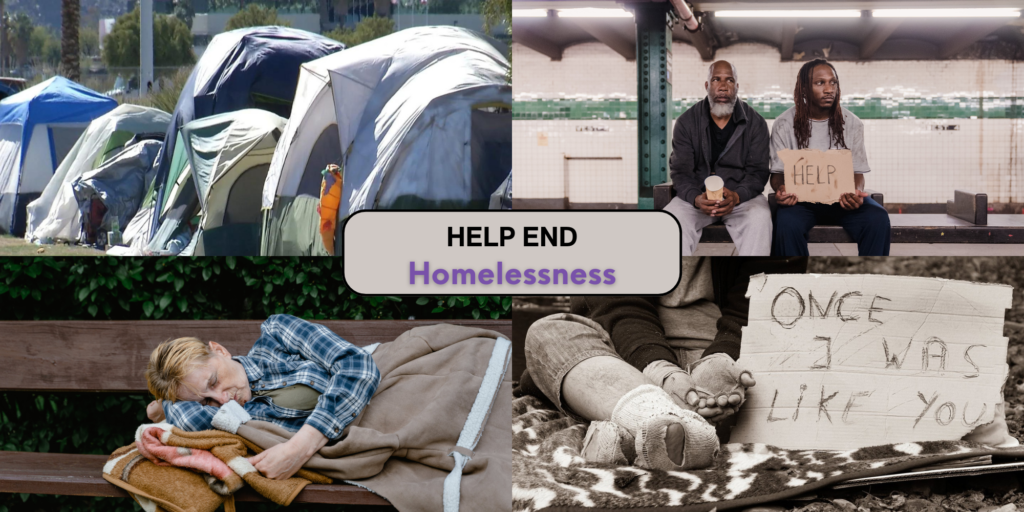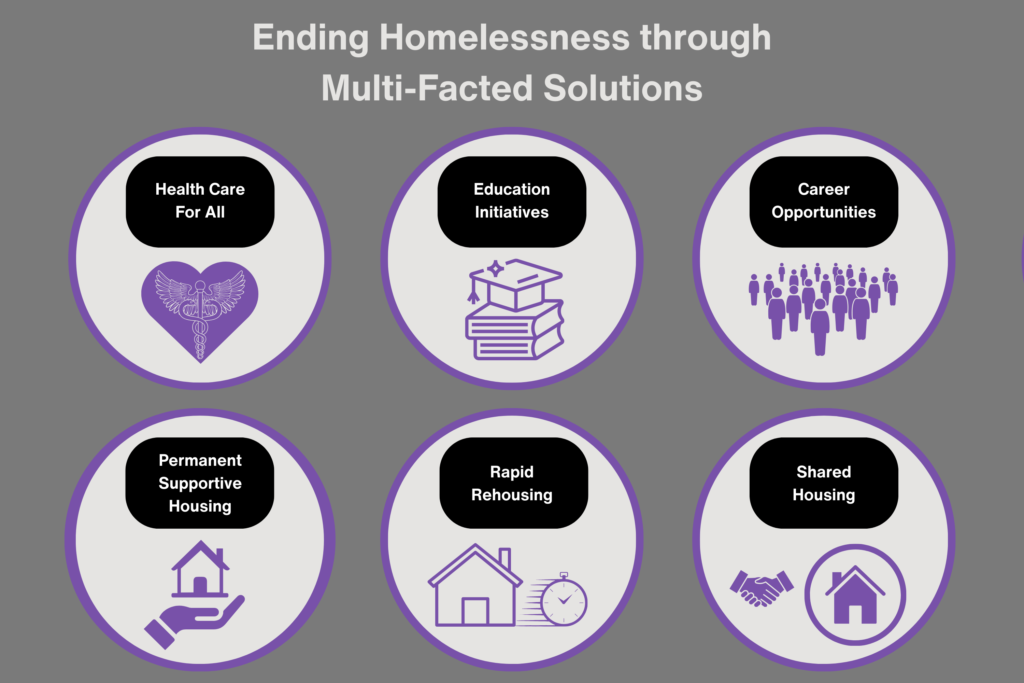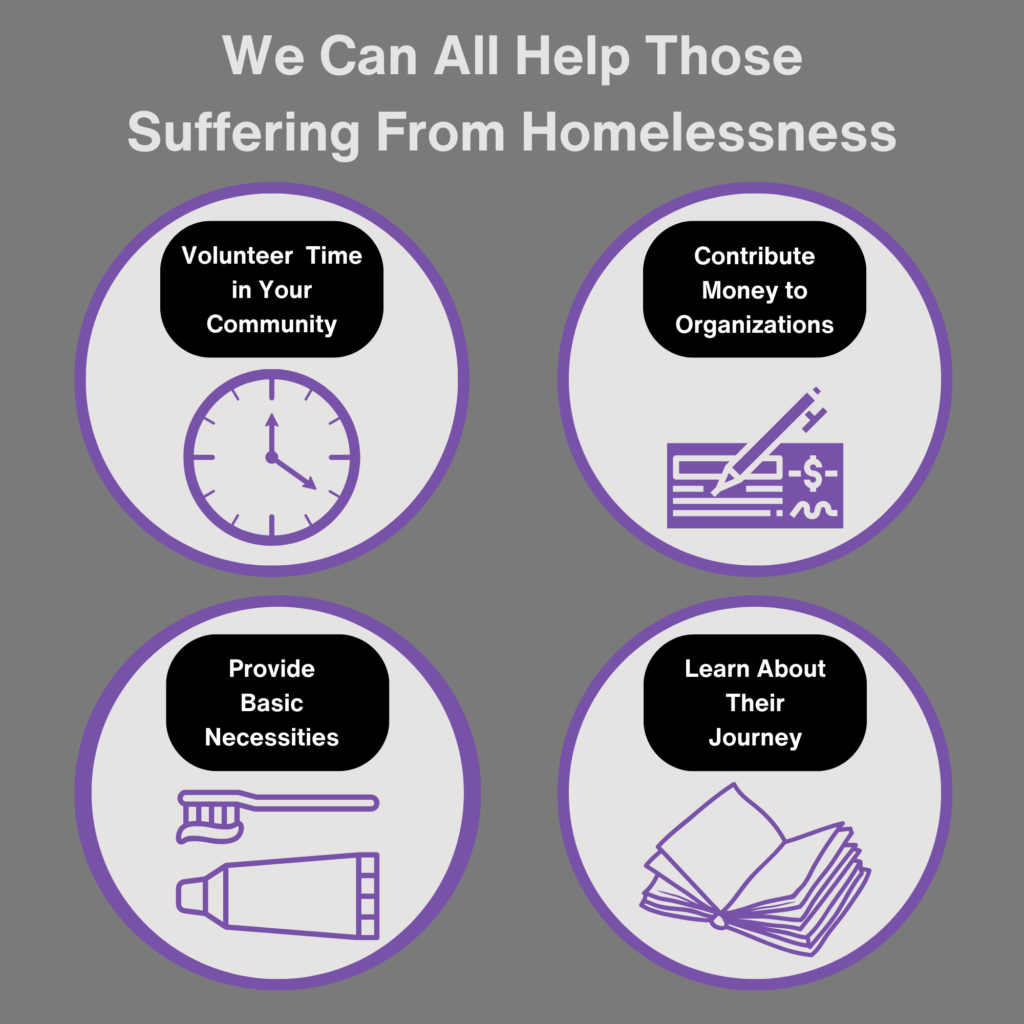Stewart Brown Jr – Mortgage Loan Originator – Purchase or Refinance
It should be a basic right that everyone deserves a roof over their heads. However, for many Americans, owning a home let alone renting a small space is completely out of reach. When people experience chronic homelessness, defined as living on the streets for 12 or more consecutive months, 60% develop lifetime mental health problems, and 80% develop lifetime drug and alcohol addictions.
My goal is to work with other individuals and organizations dedicated to eradicating this problem. The truth is homelessness grew exponentially since the early 1970s and even more so since the start of the COVID-19 pandemic. But there is hope.
Helsinki, Finland adopted a "Housing First" initiative where they halved their total homelessness from 2008 to 2019 by implementing this principle.

My goal is to work with other individuals and organizations dedicated to eradicating this problem. The truth is homelessness grew exponentially since the early 1970s and even more so since the start of the COVID-19 pandemic. But there is hope.
Helsinki, Finland adopted a "Housing First" initiative where they halved their total homelessness from 2008 to 2019 by implementing this principle.

Health Care For All
Chronic health conditions often serve as the ominous precursor to homelessness, setting off a chain reaction of challenges. This downward spiral typically commences with a lack of insurance, leading to job loss, downsizing, and eventual eviction. Conversely, the harsh reality is that homelessness exacerbates health issues, with an average decrease in lifespan by 30 years.In many cases, the equation is simple yet profound: housing is health care. Recognizing housing as a fundamental component of health becomes pivotal in breaking the cycle of homelessness. Without stable housing, individuals find themselves trapped in a cycle of declining health, further limiting their opportunities for recovery.
People experiencing homelessness often resort to emergency room visits for their health needs, visiting an estimated five times per year. This places an exorbitant financial burden on hospitals, averaging $18,500 per person annually. Providing stable housing becomes a proactive solution, reducing dependence on emergency services and alleviating the financial strain on healthcare systems. In the interim, Health Care for the Homeless (HCH) emerges as a vital lifeline, serving one million people without homes in the community. Designated to provide federally funded primary care and treatment, HCH bridges the gap, offering essential health services to a population often overlooked.
The HCH directory becomes a valuable resource, offering state-specific information for finding health services. This centralized hub empowers individuals experiencing homelessness to access the care they need, fostering a more equitable healthcare landscape. To actively contribute to this cause, creating information cards with local resources proves to be a tangible way to support individuals experiencing homelessness. These cards serve as beacons of hope, providing information on available resources and avenues for seeking help. The reasons behind homelessness are diverse, ranging from unemployment and personal hardship to mental illness and substance abuse. Effectively addressing this complex issue requires tailoring programs across various groups, recognizing the unique challenges each group faces.
Education Initiatives
The journey from high school dropout to homelessness is an alarming reality for many. Education plays a crucial role in determining a youth's path. Statistics underscore this connection, revealing that children and youth without a high school diploma are a staggering 346% more likely to experience homelessness than their educated counterparts.
Recognizing the impact of education, school-based support becomes a vital intervention for children and youth without a consistent home. These support systems are not merely about academic assistance; they serve as pillars for developing the essential skills needed to break free from the cycle of homelessness.
State and federal grants play a pivotal role in fostering educational stability for at-risk students. These programs evaluate the unique needs of each student, acknowledging the challenges they face in maintaining consistent attendance and engagement.
Government-funded initiatives go beyond conventional education by providing free transportation, immunization, proper enrollment, assistance with attendance, residency, and guardianship. This comprehensive support system aims to eliminate barriers that could hinder a student's educational journey.
Career Opportunities
In the web of socio-economic challenges, housing instability often finds its roots in financial insecurity. The scarcity of employment opportunities compounds this issue, creating a formidable barrier to attaining a stable income. Even when opportunities do arise, it does not guarantee an escape from the clutches of poverty.
By achieving financial stability, many become eligible for additional rent subsidy programs. This, in turn, becomes a pivotal stepping stone for transitioning out of homelessness, fostering the dream of independent living.
At the forefront of combatting unemployment and financial instability is the Workforce Innovation and Opportunity Act. This legislation provides crucial funding for programs specifically designed to create employment opportunities for entry-level and low-skilled workers. Beyond job creation, the Act extends its services to include transportation and childcare support, recognizing the multifaceted challenges that impact one's ability to maintain employment.
A tangible way to bolster the impact of the Workforce Innovation and Opportunity Act is by hosting training classes in community centers or local shelters. These classes serve as knowledge hubs, equipping individuals with the skills needed to seize employment opportunities. By bringing the training directly to the community, we bridge the gap between potential employment and those in need.
Supporting the cause is not confined to legislative initiatives alone. Anyone can contribute to this transformative journey. Consider taking the initiative to host a training class in a community center or local shelter. By imparting valuable skills and knowledge, you directly contribute to breaking the chains of unemployment and financial insecurity.
Permanent Supportive Housing
In the relentless pursuit of eradicating homelessness, Permanent Supportive Housing programs emerge as beacons of hope. These programs are meticulously crafted to address the root causes of homelessness by providing not just shelter but a comprehensive support system for the most vulnerable members of our community.
The Core Components of Permanent Supportive Housing:
1. Long-term Rental Assistance in Affordable Housing
At the heart of these programs lies the commitment to secure long-term rental assistance in affordable housing. This fundamental step ensures a stable foundation for individuals to rebuild their lives, breaking free from the chains of homelessness.
2. Supportive Services, Including Health Care
Going beyond shelter, Permanent Supportive Housing integrates crucial supportive services, notably health care. By addressing the physical and mental health needs of participants, the program paves the way for holistic recovery and stability.
3. Personalized Case Management for Chronic Homelessness
For those entrenched in chronic homelessness, personalized case management becomes a lifeline. Tailored support and guidance empower individuals to navigate the challenges they face, fostering a sense of agency and control over their lives.
Permanent Supportive Housing is not just about immediate relief; it's about equipping participants with the tools to thrive independently. By focusing on skill-building for independent living, the program sets the stage for a sustained exit from homelessness as individuals reintegrate into society.
Beyond its humanitarian impact, Permanent Supportive Housing offers a compelling fiscal advantage. By addressing homelessness at its core, the program significantly reduces federal and state costs associated with emergency shelters, jails, and hospitals. It's not just a moral imperative but a financially savvy investment in the well-being of our society.
To further support the cause, the United States Department of Health and Human Services (HHS) serves as a vital resource hub. Their directory of grants and resources is a treasure trove for individuals experiencing homelessness, policymakers, and agencies seeking targeted information. This centralized support enhances the efficacy of Permanent Supportive Housing initiatives.
Permanent housing isn't a one-size-fits-all solution; it's designed for those facing the harshest realities of homelessness. The program prioritizes individuals with severe mental and developmental disabilities, ensuring that the most vulnerable cases receive the attention and care they desperately need.
Rapid Rehousing
In the realm of combating homelessness, Rapid Rehousing emerges as a viable solution. This program is meticulously designed to expedite the process of securing permanent housing for families in need, with a singular goal - to diminish the duration of homelessness.
The Three Pillars of Rapid Rehousing
1. Identifying Housing
The initial step in the Rapid Rehousing journey is identifying suitable housing options. This involves a thorough exploration of available residences, ensuring a seamless transition for families in dire need.
2. Assistance with Rent and Move-in Costs
Financial barriers should never impede the path to a secure home. Rapid Rehousing addresses this by providing crucial assistance with rent and move-in costs, eliminating obstacles that often hinder families on their way to stability.
3. Case-by-Case Community Services
Recognizing that each family's situation is unique, Rapid Rehousing goes beyond housing solutions. Tailored community services are offered, addressing specific needs and fortifying the foundation for long-term stability.
To ensure the success of Rapid Rehousing initiatives, various federal, state, and charitable programs contribute essential funding. These include HUD’s Continuum of Care (COC), Emergency Solutions Grants (ESG), HHS’s Temporary Assistance for Needy Families (TANF), Title IV E Foster Care, Community Services Block Grant (CSBG), and the VA’s Supportive Services for Veteran Families (SSVF) program.
Rapid Rehousing stands out for its inclusivity, offering assistance to families facing homelessness without imposing stringent prerequisites. Unlike other services, it doesn't demand previous employment, a specific income level, a clean criminal record, or sobriety.
Shared Housing
Shared housing involves two or more individuals cohabiting in the same building, pooling resources to alleviate the burden of housing costs. This immediate and cost-effective option serves as a lifeline for those transitioning out of shelters, fostering a sense of community and shared responsibility.
For individuals stepping out of shelters, shared housing offers an immediate and viable solution. It eliminates the often daunting challenge of finding affordable accommodation by providing a collaborative living arrangement with like-minded individuals who understand the journey out of homelessness.
The heart of shared housing lies in its affordability and flexibility. By sharing costs, residents can access housing that might otherwise be financially out of reach. This not only provides a roof over their heads but also empowers them to redirect limited resources towards rebuilding their lives.
One of the unique features of shared housing is its ability to combat isolation. Residents, having faced similar challenges of homelessness, form a support network that goes beyond mere cohabitation. This sense of camaraderie becomes a powerful tool in overcoming the emotional toll of homelessness.
Shared housing isn't just a solution for individuals; it's a strategy to maximize the utilization of vacant homes. By transforming empty spaces into shared living arrangements, communities can address housing shortages and contribute to a more inclusive and interconnected society.
For organizations looking to champion shared housing initiatives, the National Shared Housing Resource Center (NSHRC) serves as a crucial ally. To become part of this collaborative effort, organizations need to ensure they meet the criteria set by NSHRC and submit an application to be listed in the program directory. This partnership enhances visibility and fosters a network of shared knowledge and resources.
Shared housing is tailored for a specific demographic: single adults at risk for homelessness or those in the process of moving out of homelessness. Recognizing the unique needs of this group, shared housing becomes a personalized and effective intervention.



